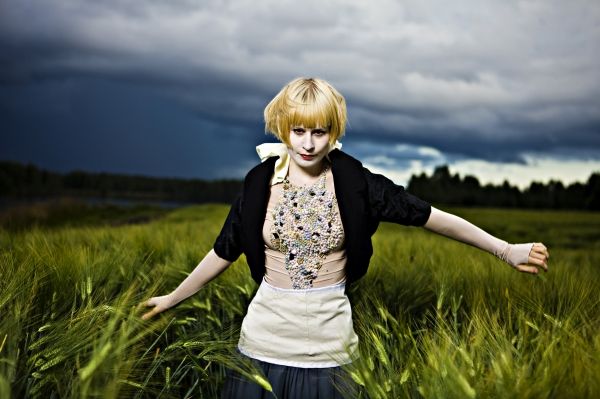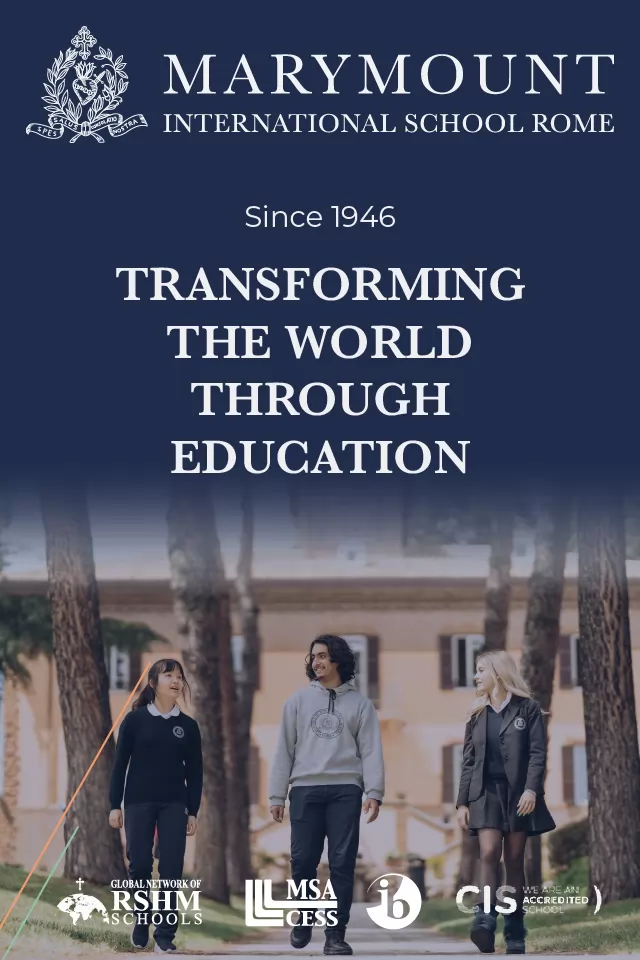Despite having a population of less than five million, about 100 of which are resident in Rome, Norway has contributed actively to the cultural life of the Italian capital over the years.
Considering that it has one of the lowest church attendance rates in the world, it is perhaps surprising to learn that Norway has its own Catholic chapel in the centre of Rome. The basilica of SS. Ambrogio e Carlo, situated about half-way along Via del Corso on the way to Piazza del Popolo, is home to an altar dedicated to St Olaf, the Eternal King of Norway. In the third side-chapel to the left of the nave is an imposing painting of the former Viking slaying a dragon, symbolising his victory over paganism.
In 1023 King Olaf II Haraldsson introduced Christian-based laws and seven years later, after his death in the battle of Stiklestad, Norway became recognised as a Christian country.
Donated to Norwegian Catholics by Pope Leo XIII, the chapel was inaugurated in 1893. Services in Norwegian take place here every Christmas and on Syttende Mai (the national holiday) on 17 May.
The city’s best-known Norwegian is arguably the artist Hendrik Christian Andersen, who lived in Rome from 1896 until his death in 1940. In the 1920s he built Villa Helene, his neo-renaissance home on Via P. Stanislao Mancini near Piazzale Flaminio. He bequeathed the building to Italy in his will and it is now a part of a group of public museums affiliated with Italy’s Galleria Nazionale d’Arte Moderna (GNAM) not far off in Viale delle Belle Arti.
Behind its rose-pink façade are warehouse-like halls brimming with the artist’s over-sized plaster and bronze sculptures. Visitors walk under giant leaping stallions, muscular naked athletes and winged angels in a bizarre mix of classical and kitsch. In addition to the 200 sculptures, there is a significant collection of the artist’s paintings and graphic works, including his grandiose designs for the art-filled World City, a utopian world capital which he described as “a fountain of overflowing knowledge to be fed by the whole world of human endeavour in art, science, religion, commerce, industry and law”. Its concept was rejected as “preposterous” and “delirious” by Henry James, the American writer and close friend of the young Norwegian. Christian Andersen’s project was never realised but its plans remain, and his ornate marble tomb can be found in the city’s non-Catholic cemetery in the S. Paolo-Ostiense district.
The Norwegian Institute in Rome is a centre for research and education in the archaeology, art and cultural heritage of the Mediterranean countries. From its base on Viale Trenta Aprile on the Janiculum hill, the institute hosts courses and conferences for Norwegian and international scholars, and organises archaeological excavations and field trips in the Mediterranean region.
As part of the faculty of humanities at the University of Oslo it accepts Norwegian university students and high school teachers. The library, the institute’s main hub of activity, contains a substantial collection on Italian art history and classical archaeology, and is part of the Union of Roman Scientific Libraries (URBS), an online network of specialist international libraries in Rome. In 2009 the institute’s patron, Queen Sonja of Norway, came to Rome to attend celebrations in honour of its 50th anniversary.
While Norwegian cultural greats such as Edvard Munch, Henrik Ibsen and Edvard Grieg are household names (and notwithstanding the likes of Josetein Gaarder, whose book Sophie’s World has sold over 30 million copies, or Åsne Seierstad who gained plaudits and controversy in equal measure for The Bookseller of Kabul), identifying some of its modern-day artists might be difficult for those of us living outside Norway.
To counter this situation, NOW-Norwegian Way was established to promote contemporary Norwegian culture in Italy. Supported by Norway’s embassy, located on the Aventine hill, and multimedia company Snob Production, NOW has overseen a coordinated programme of Norwegian music, literature, art, cinema and architecture. These cultural happenings have been taking place across the country throughout 2011, many of them in Rome.
During the summer, novelist Jo Nesbø participated in Rome’s International Literature Festival, and the Accademia Filarmonica held Norway Open Session with a concert dedicated to Grieg by renowned Norwegian-Italian operatic soprano Elizabeth Norberg-Schulz. She was accompanied by her student, mezzo-soprano Tone Kummervold, who spent six months training in Rome. Kummervold says that, being a typically-reserved Norwegian, mixing with the more communicative Italians helped her confidence. “I became more relaxed during my time in Rome, and it was easy to learn the language because Italian people are so receptive to foreigners.”
In October, the Swedish Institute of Classical Studies in Villa Borghese hosted a collection of stone sculpture by seven Norwegian and Swedish sculptors entitled 7 Sculptors at Cava Cervaiole Monte Altissimo, previously exhibited in Carrara.
Norway made international news when Swedish actress Noomi Rapace won best actress award for her role in Norwegian movie Babycall at the recent Rome International Film Festival.
The Indian Highway exhibition at the MAXXI gallery, which runs until 29 January, was organised in collaboration with Oslo’s Astrup Fearnley Museum of Modern Art, and singer-songwriter Jenny Hval played at Locanda Atlantide in Rome’s S. Lorenzo quarter.
In addition to the NOW events, there has been a flurry of cultural activity from Norwegian artists exhibiting and performing around the capital this autumn. Heidi Dahlsveen regaled Rome audiences at the International Storytelling Festival and Paris-based artist Elisabet Norseng from Oslo staged Tocchi, an exhibition of abstract crayon designs on paper, her third solo show in Rome, at the Salon Privé Arti Visive in Trastevere. Residents of Rome intrigued by Norwegian art should check out the Scandinavian Club of Rome, based in the Casino di Vigna in Trastevere.
This venerable association of Nordic artists dates back to 1860 and recently celebrated its 150th anniversary. Its current Norwegian resident, the young visual artist Øystein Wyller Odden, follows in the footsteps of former residents Grieg and Ibsen.
Andy Devane
Norwegian embassy, Via di S. Domenico 1, tel. 0645238100.
The Norwegian Institute in Rome, Via Trenta Aprile, tel. 0658391007.
H. C. Andersen Museum, Via P. Stanislao Mancini 20, tel. 063219089.
Circolo Scandinavo, Via della Lungara 231, tel. 066875705, www.skandinaviskforening.org.
























